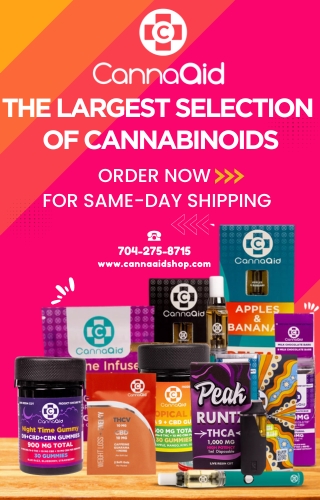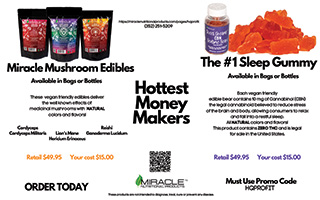Paper or plastic? In the retail world, it’s a question as old as the cash register. Unfortunately, there’s not a simple resolve, but as this is You Asked, HQ Answered, we’ll do our best to help you make an informed decision for your store and your customers.
First a little history lesson. Initially developed and promoted by the oil and gas industry, plastic shopping bags were not immediately adopted by consumers. When first introduced in the US in the 1970s, disposable plastic bags were met head on with a trend towards protecting the planet, and it wasn’t until the later part of the decade that independent retailers and supermarkets consistently offered plastic carryout bags to shoppers. Today between 500 billion and 1.5 trillion plastic shopping bags are used each year worldwide. If everyone was good about recycling, there would be no issues surrounding plastic bags. Unfortunately, the majority end up in landfills or as trash along the roadside and in waterways where they contribute to environmental challenges, clogging sewers and storm drains, and causing thousands of animals, from small finches to blue whales, to die grisly deaths from eating and getting tangled in plastic, which can take over 400 years to biodegrade.
In response, eight states (California, Delaware, Connecticut, Maine, Hawaii, Oregon, New York, and Vermont) have banned single-use plastic bags, and others have imposed fees on their use. That takes the decision out of your hands, but another thing to consider is that a recent survey of lifestyle brand consumers revealed that 3 of 4 consider sustainability practices of brands and businesses when making purchasing decisions.
So back to the original question of paper versus plastic, it’s obvious to see why paper would be the more eco-friendly choice. Standard brown paper bags are made of kraft paper made of unbleached wood pulp making it a triple threat – biodegradable, compostable and recyclable. Paper bags can also be made from other sustainable materials, such as bamboo, hemp, and even mushrooms.
As packaging, paper bags are durable, and because of their rectangle structure, provide a wider space for more items. Paper bags are available in endless colors besides brown and are easily customizable. Many stores print their logo on it which gives the impression of exclusivity and luxury, while also serving as an effective promotion tool. There’s a reason why high end brands choose to go with a paper bag –- consider when the last time you saw somebody leaving the store with their Air Jordans or Givenchy dress in a wrinkled plastic bag.
Another alternative to plastic, canvas shopping bags are constructed of materials ranging from synthetic and fabrics to cotton and canvas. Using reusable bags comes with tremendous benefits to your brand and customers. As they are durable, washable, and incorporate strong handles, customers can use them more than once and for multiple purposes like toting their gym wear, carrying books at school, and even shopping at other stores. Available in various shapes, sizes, and designs, the bags can be custom printed so your brand will be seen wherever the user takes them.
Reusable canvas bags are also another item you can sell at your store. Maybe offer multiple designs or even limited editions to celebrate the seasons and holidays. Or you can follow the lead of State of Mind Smoke Shop, in Plattsburgh, New York, where they give one of their logo bags to each customer whose purchase totals $100 or more.
No matter which style of bag you go with, it’s a fun way to highlight your “go green” side and a wonderful promotional tool to help set your business apart from the competition. While customers get a durable product that can be used in many ways, your brand gains exposure with strategic messaging, and Mother Earth gets a bit cleaner.












